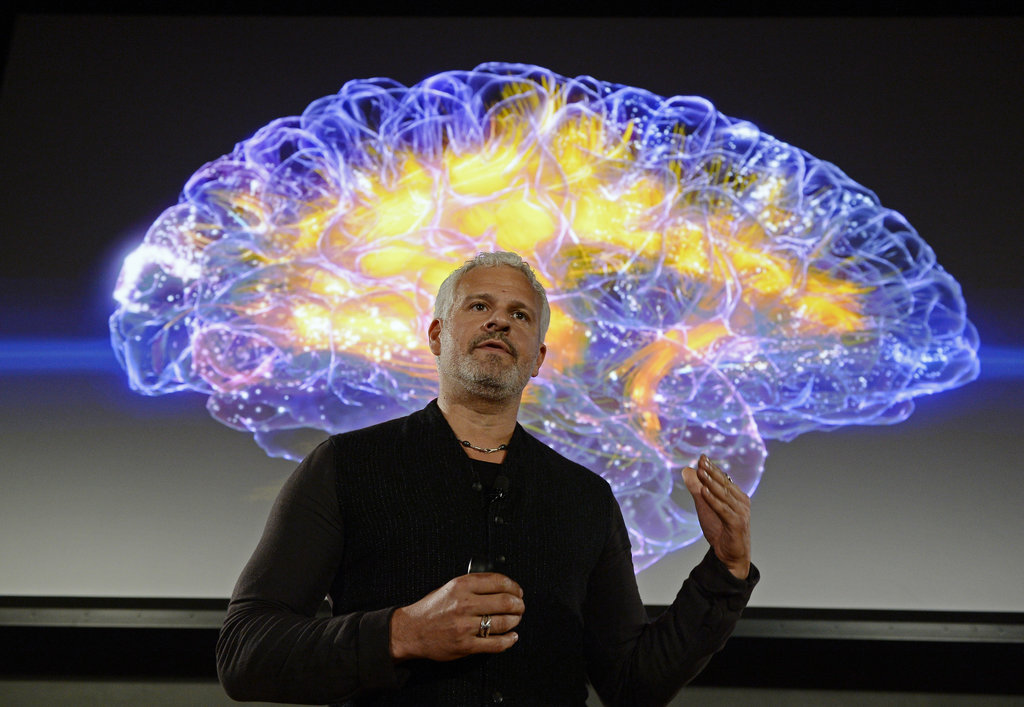Scientists discover how to implant false memories
Researchers at the Massachusetts Institute of Technology (MIT), led by Steve Ramirez and Xu Liu, recently successfully implemented false memory in the mind of the brain. The test was a simple test, worth the redundancy, but it can have huge implications. They placed the little rodent in a metal box and cooled it instantly, trying to find a reaction. The mouse behaved as if it had received an electric shock, when there was none.

What makes this discovery most fascinating is the fact that what they have achieved was considered an option to happen, but very remote. The hypothesis was that they could not only identify the neurons associated with memory coding, but could rewrite it. Experts claim that it is an impressive feat, which will help discover how memory works; Although scientists have considered this possibility for years, never thought that this type of experiment could be carried out.
This breakthrough has been made possible by earlier research in Oxford, where they discovered how short-term memories are transferred to long-term memory. But the MIT researchers went into something completely new; The memories are not stored in a particular area, but in certain groups of neurons known as engrams. Steve Ramirez and Xu Liu teamed up in 2010 and designed a new method to explore living brains to identify engrams. Neuroscientists used a technique called optogenetics, which by the laser stimulates cells to check their reaction.
Scientists and their team injected a biochemical "cocktail" into the brain of genetically modified mice, which contained a gene with a light-sensitive protein called canalrodopsin-2. This element was injected into the hippocampus, where the memory is coded. Then, filaments were implemented in the skulls of the mice, which acted as a conduit for the laser. The researchers found that they could reactivate memory with laser light on certain neurons.
In order to demonstrate that they could identify certain engrams, they reactivated a memory associated with fear and, after the experiment, brain tissues were examined under a microscope. Those associated with a specific memory glowed because of the injected substance. The enegram was associated with an electroshock down to the feet, and thus triggered the response of fear.
Now that they had associated the engram with fear, they set up an experiment to prove it. After injecting another "cocktail" into the same region of the brain, they placed the mouse inside a metal box. The mouse was in it for 12 minutes. The next day, they placed it in a different box (in color, shape and aroma), where it received an electric shock. The next day the same mouse was placed in this second box, and remembered the discharge; The researchers were able to analyze the activation of memory thanks to the laser, and saw how the mouse began to be afraid.
Is a similar procedure possible for humans? According to Steve Ramirez "the test is there ... the only difference is technological innovation to be able to prove it." Today, more than 20 laboratories around the world are working together on this research. In fact, a French team has recently implanted false memories in the brain of a mouse while sleeping.
There are positive implications in such experiments. The main one is to be able to erase painful memories that are associated with post-traumatic stress disorder, depression and other pituitary disorders. There may be applications for Alzheimer's disease, reversing the memory loss of Alzheimer's disease and even for those suffering from substance abuse disorders, which would allow them to forget about their addiction.
Even so, negative connotations arise. Since memory is the "glue" that holds our identity together, erasing memories would not be to undo our personality? Although painful, bad memories define us as people. Of course, in those serious situations, such as those mentioned above, could be seen as a salvation. Thus, the hope of scientists is not to erase the memory, but to rewrite it. The potential is there, it just needs to be developed.
Reference:
BigThink

This will be very helpful...thank you for posting this information...
@arielpr
Rewriting the memory - that makes me think of Black mirror episodes. Quite worrying, such technology should be used very carefully
Think we shouldnt mes with our memories in the end its all we got :)